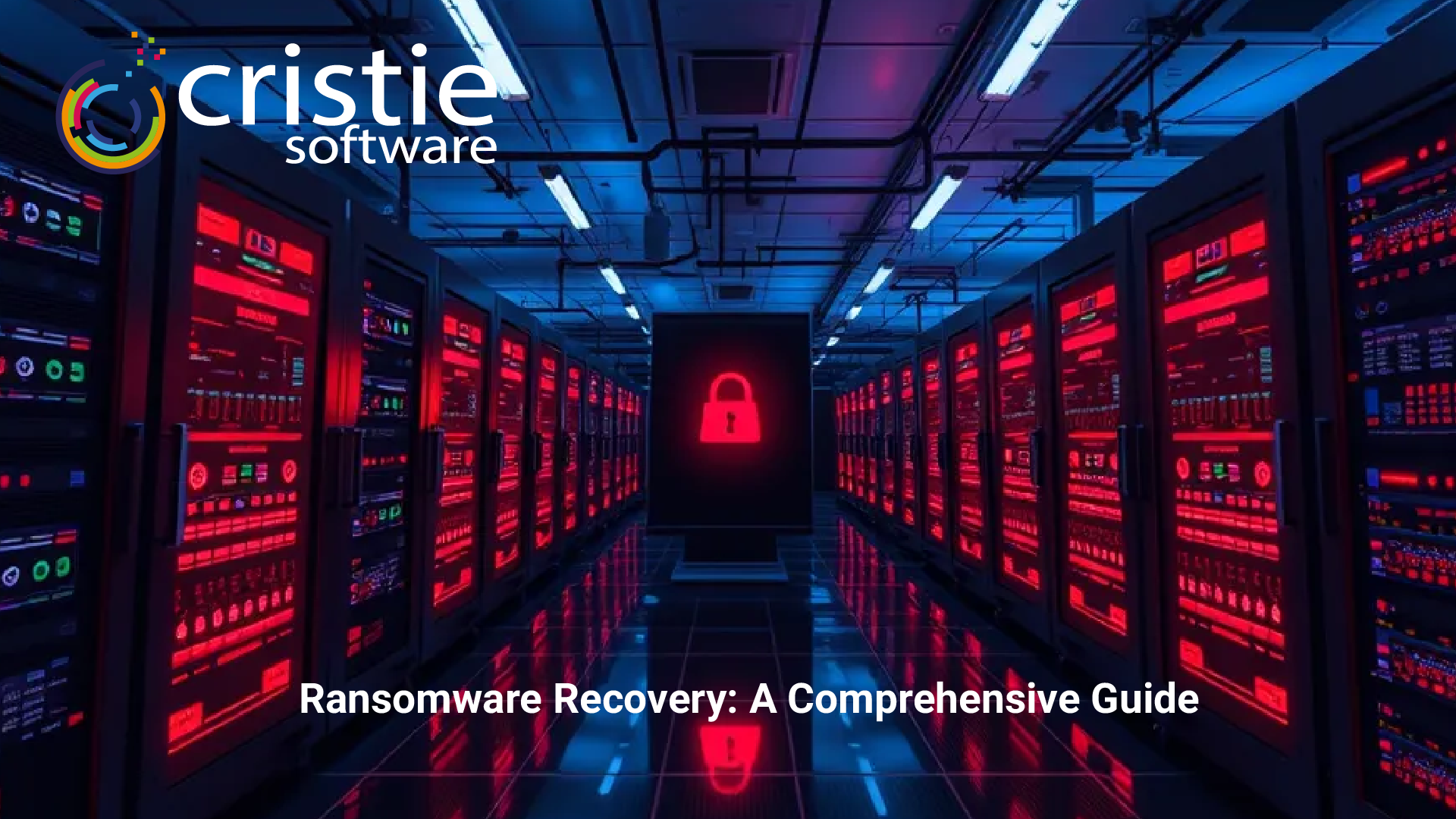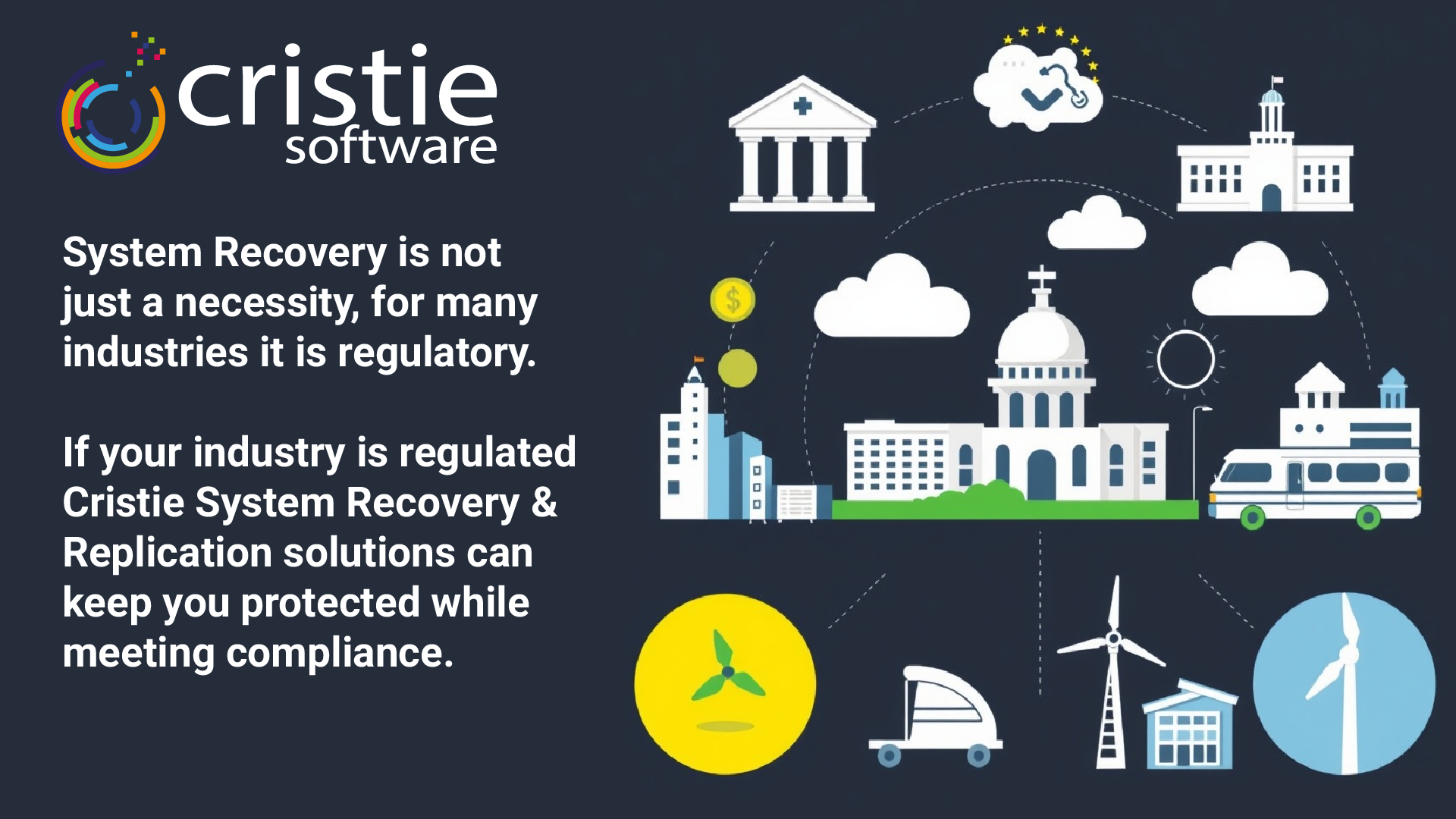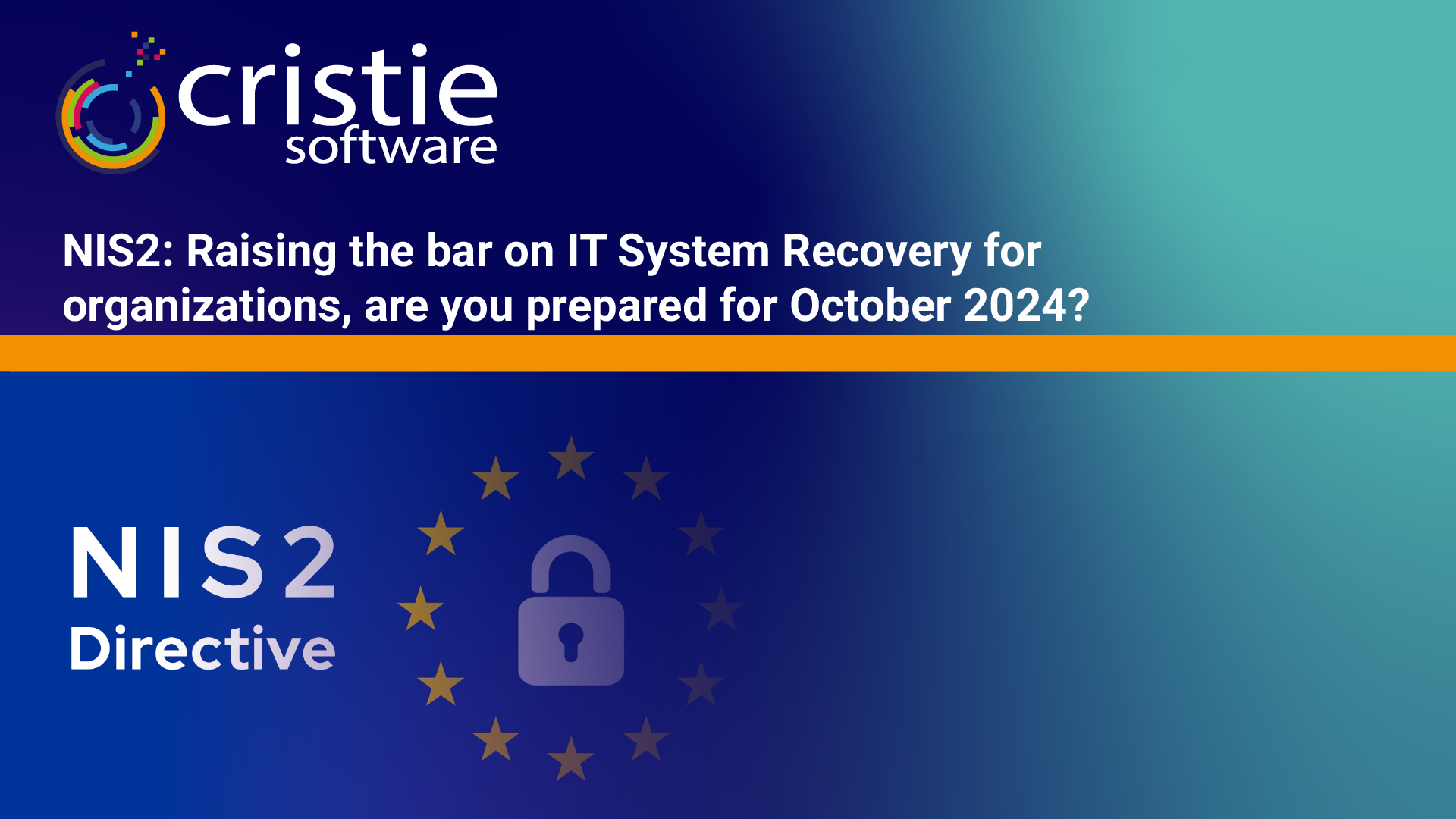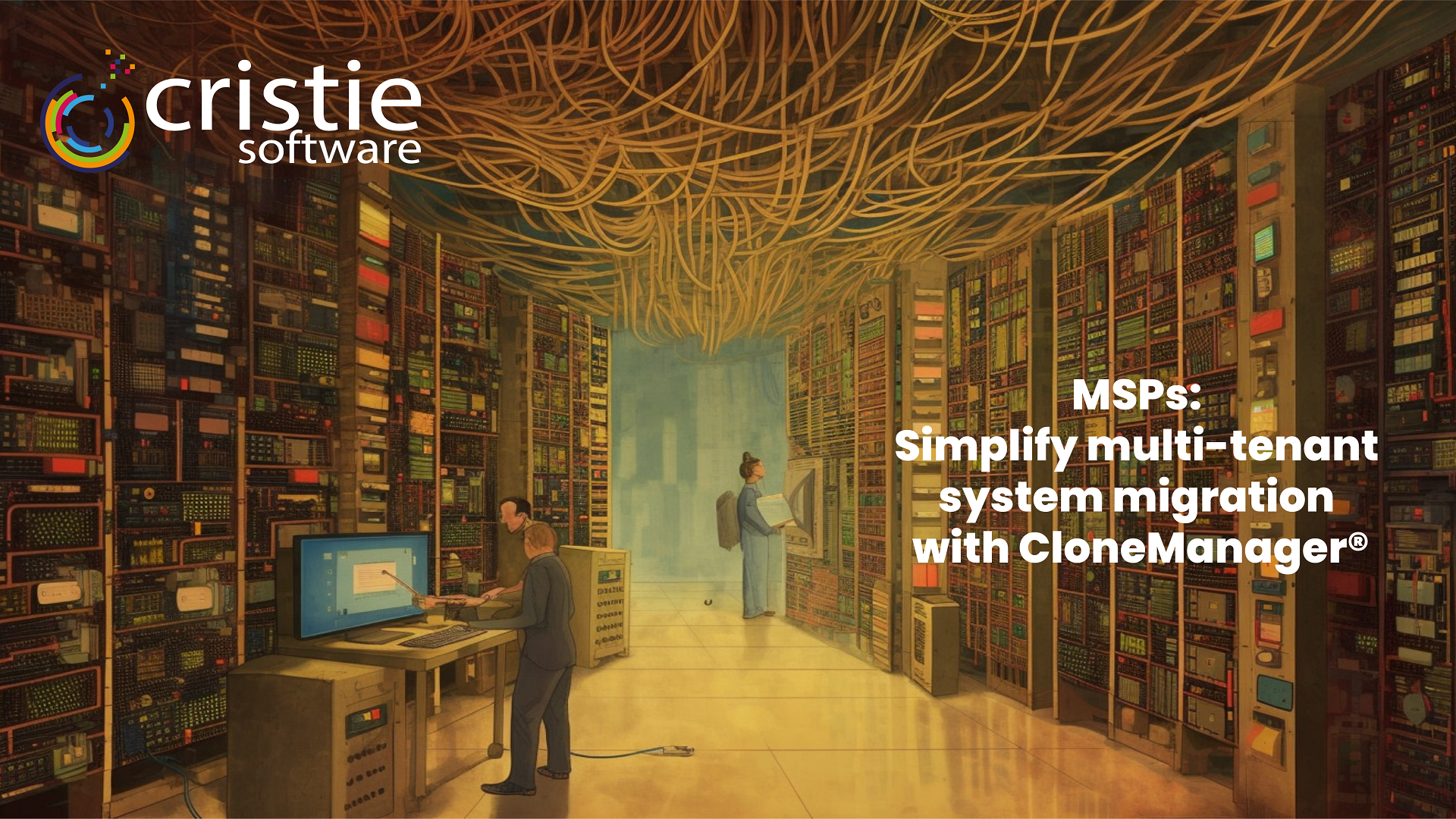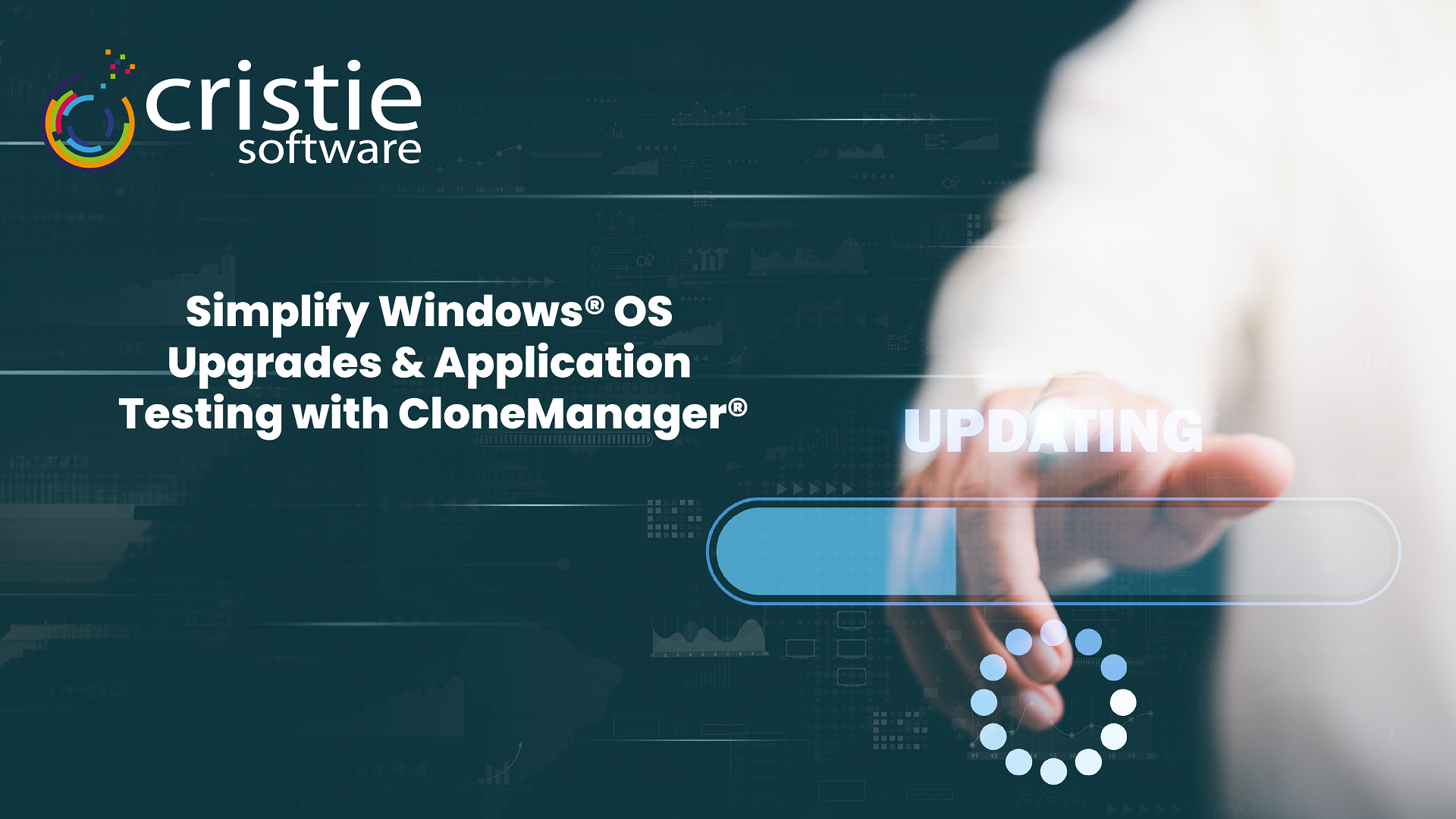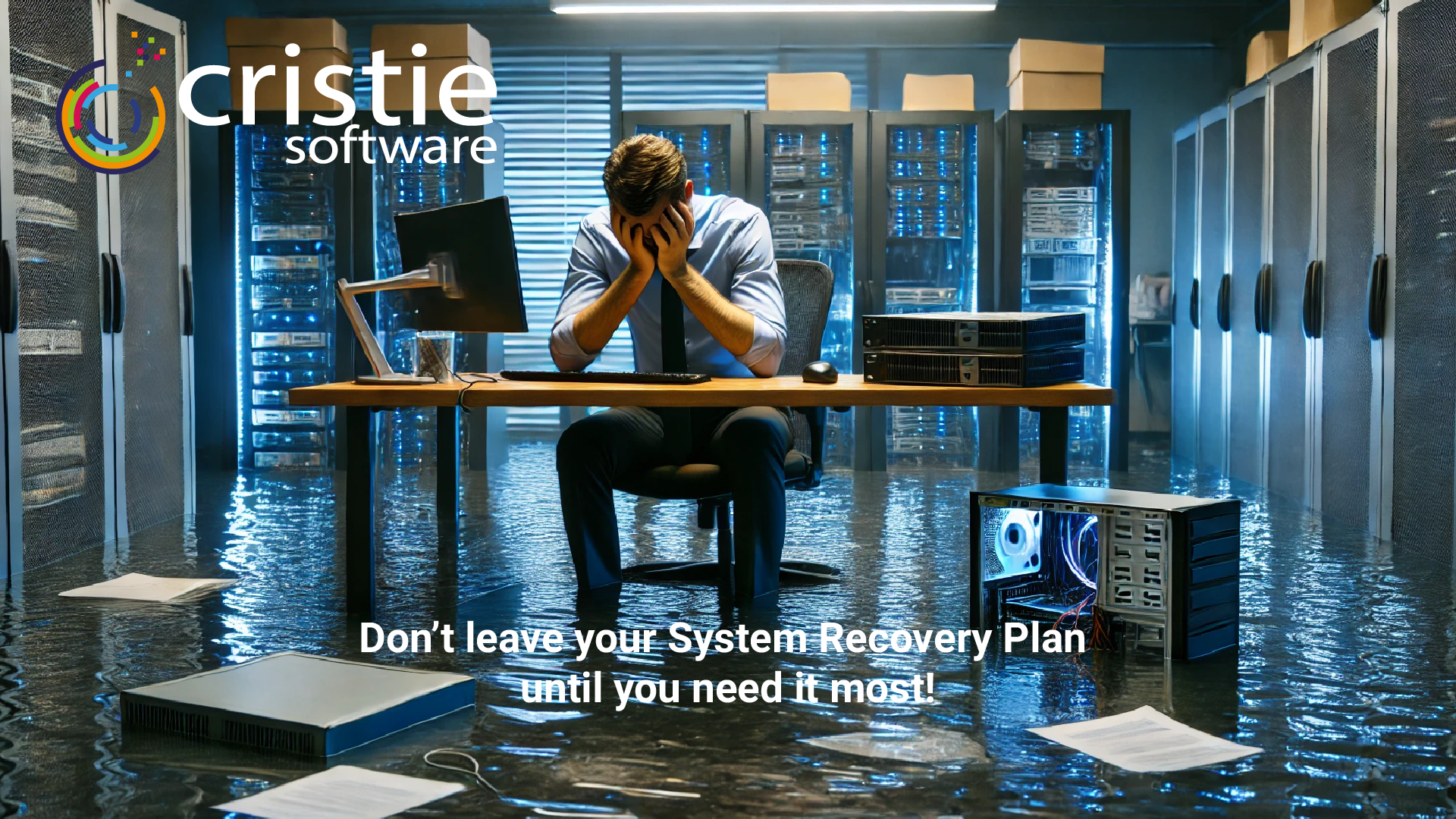
Don’t leave your System Recovery Plan until you need it most
Don’t leave your System Recovery Plan until you need it most System recovery is often overlooked. Many organizations don’t realize the importance of having a robust system recovery plan alongside their application data backups until it’s too late. Accidents, natural disasters, hardware failures, and malware attacks can happen at any

